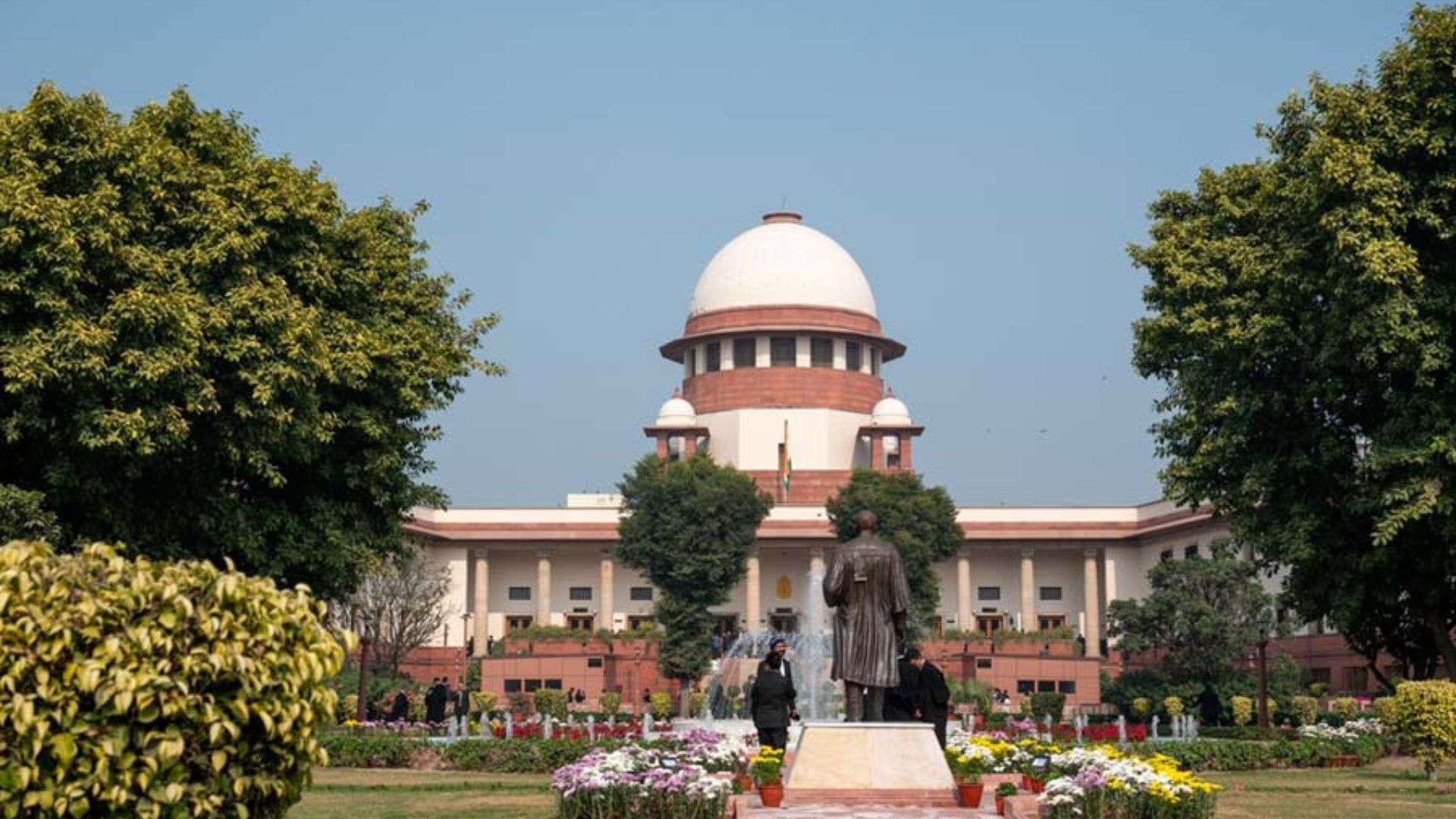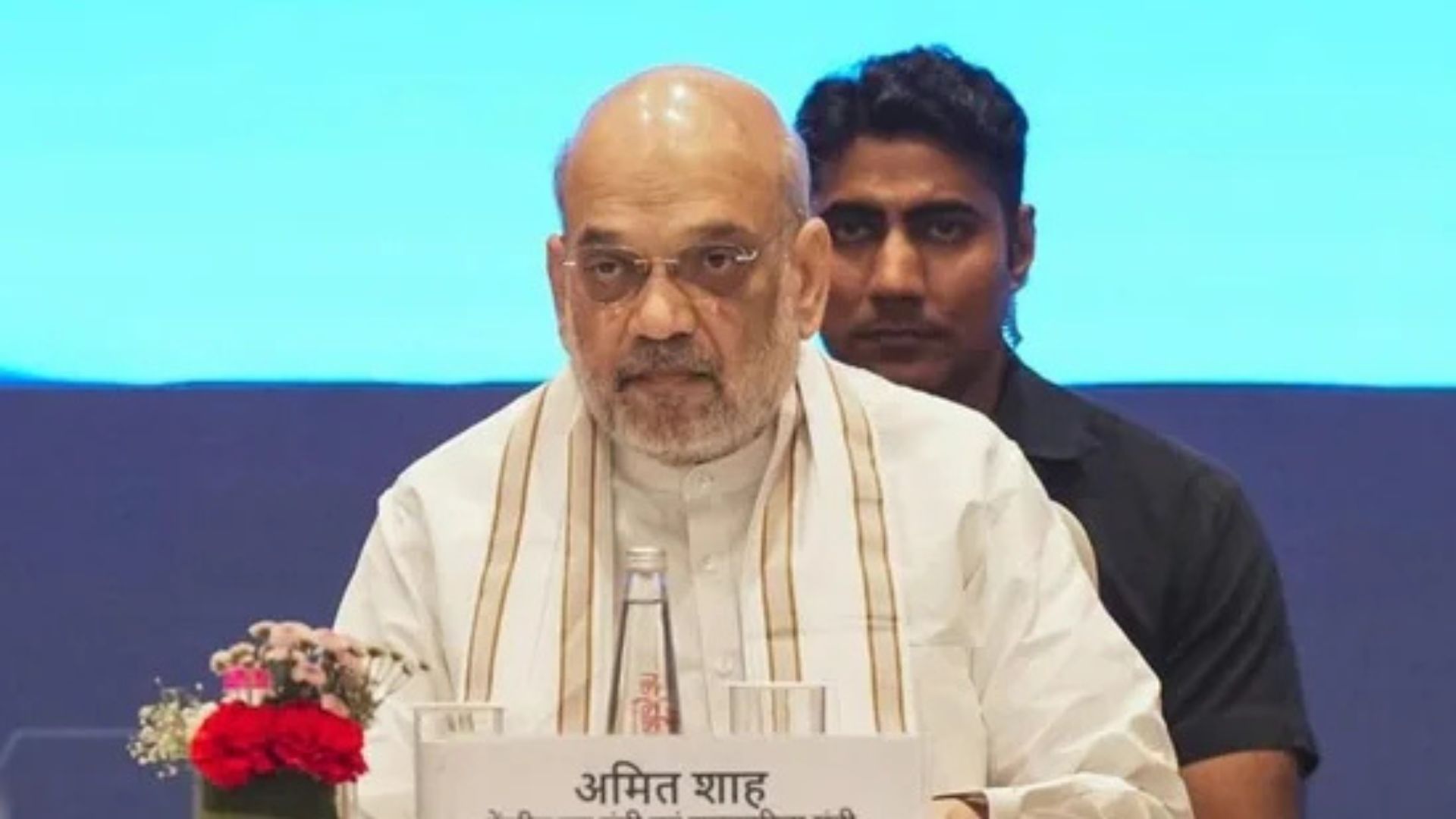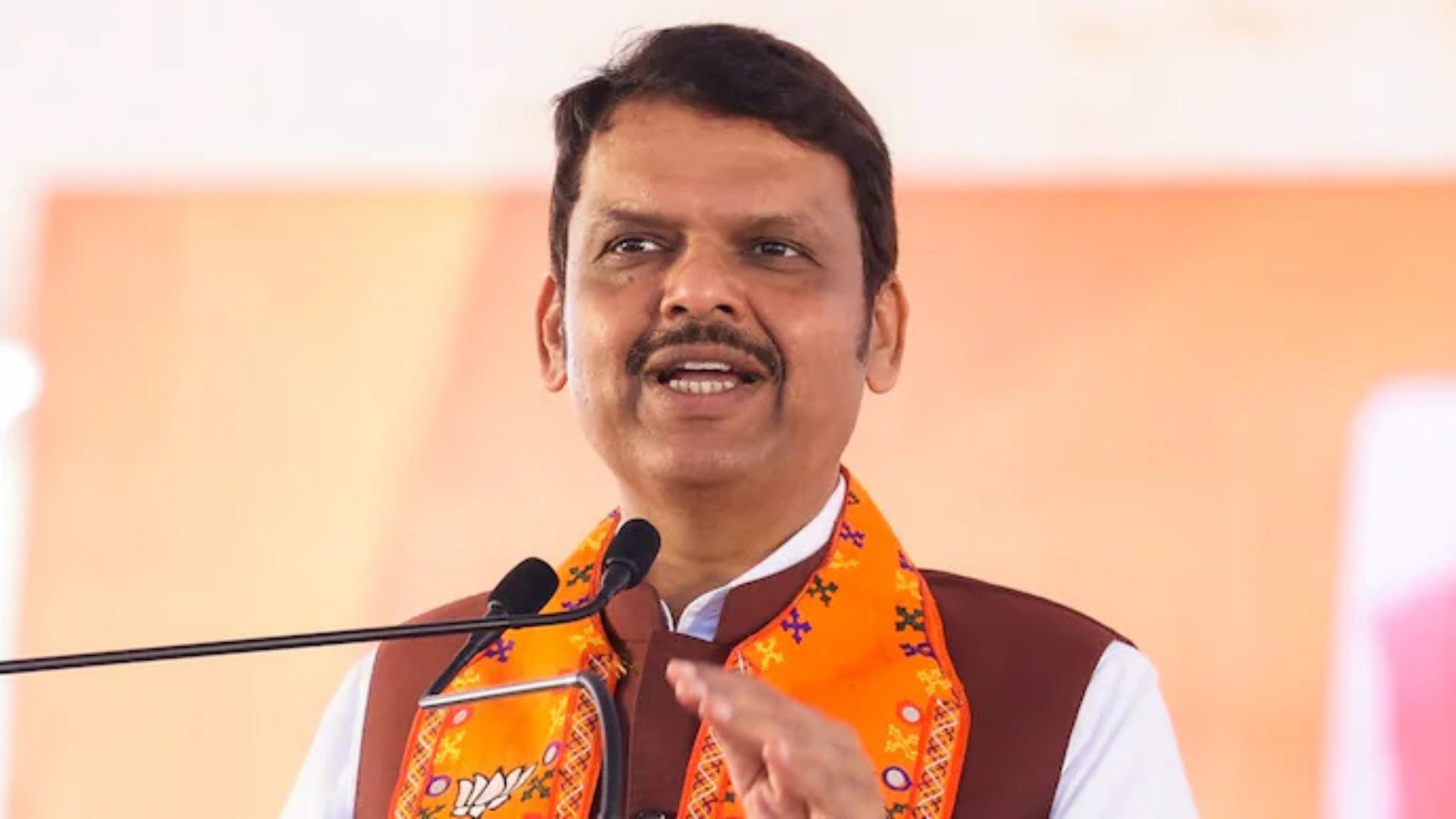
Ahead of the Union Budget for 2021-22, the Economic Survey has batted for a continued expansionary fiscal stance by the Modi government to ensure that growth returns to pre-Covid levels. Further growth is likely as economic activities are looking to normalise sooner due to the mega vaccine rollout. The survey argues that rising public debt is not a cause of concern, as a higher GDP growth will lead to a fall in the debt-to-GDP ratio.
The need for a fresh asset quality review of Indian banks and greater focus on core inflation to drive policymaking instead of a sole focus on CPI inflation is warranted. The Economic Survey says that the new farm laws, which are being widely opposed by a few vested groups, will be beneficial for small and marginal farmers and herald a new free market era for Indian agriculture. The need to curb over-regulation, setting up a healthcare regulator, focusing on real and not “jugaad” innovation and emphasising exports in areas where we have a competitive advantage are the other key issues that the Survey highlights.
The Economic Survey also unleashes a scathing no-holds-barred attack on former RBI Governor Raghuram Rajan, who generously indulged in the infamous practice of “accounting sleight of hand” and evergreening of loans. The evergreening of loans, which was rampant during the inefficient Congress-led UPA-2 regime, happens when banks lend a new loan to a borrower on the verge of default near the repayment date of an existing/old loan to facilitate repayment of the old loan. Such transactions go undetected as banks are not required to disclose them, unlike restructurings that warrant disclosures. The decision on regulatory forbearance or allowing temporary suspension on loan repayments resulted in an increase in lending to unproductive firms, popularly referred to as “zombies”. The Survey said that the share of new loans to such “zombies” increased from 5 percent in FY08 to 27 percent in FY15, thanks to rampant transgressions by bankers under corrupt Congress dispensations. However, the Modi government decided to bite the bullet, reclassifying restructured standard advances as non-performing due to asset quality review (AQR).
In 2019-20 (FY20), the revenue deficit was 3.27 percent and fiscal deficit widened to 4.6 percent of the GDP. Fiscal deficit, which signifies the gap between government revenue and expenditure, was higher than the revised estimate of 3.8 percent for FY20. In absolute terms, total receipts of the government were Rs 17.5 lakh crore, against the estimate of Rs 19.31 lakh crore. The government’s total expenditure was Rs 26.86 lakh crore, lower than Rs 26.98 lakh crore projected earlier. This fiscal deficit is funded through government borrowing by issuing bonds. As of January 8, 2021, the Union Government has borrowed a total of Rs 10.72 lakh crore, which is 65 percent more than what it had borrowed in the corresponding period in FY20. The state governments have borrowed a total of Rs 5.71 lakh crore between April 2020 and January 2021, which is 41 percent more than the number from the previous financial year. The gross tax revenue earned by the government during the period between April 2020 and November 2020 fell by 12.6 percent, to Rs 10.26 lakh crore. This tells us that the fiscal deficit of the Union government for 2020-21 will be much more than the projected 3.5 percent of GDP and also higher than last year’s number of 4.6 percent. It should be closer to the 6-7 percent range. Is a higher fiscal deficit bad? No, certainly not under the current circumstances! In order to overcome economic challenges arising from the worst global pandemic seen in 102 years, and in the face of revenue shortfalls, most major economies and central banks have infused money by way of a fiscal stimulus, so a higher deficit is only natural. Clearly, it was a Hobson’s choice for the Modi government between growth and fiscal prudence. And it has chosen growth, and rightfully so, because a rising tide can lift all boats. A higher GDP can take care of a higher deficit eventually. Also, between FY15 and FY19, the Modi government did a stellar job in reining in fiscal deficit at sub 4 percent, with primary deficit (fiscal deficit minus interest payments) falling to as low as 0.3 percent in FY18!
One of the key economic achievements of the Modi government has been the victory over inflation, barring in 2020, when supply chain disruptions due to Covid-induced bottlenecks pushed inflation to over 6 percent for months together. However, retail inflation, measured by consumer price index (CPI) fell from 6.93 percent in November 2020 to 4.59 percent in December 2020, with food inflation also registering a sharp decline from 9.5 percent in November to 3.41 percent in December. Core inflation also eased to 5.34 percent in December 2020, as compared to 5.56 percent in November. In 2014-15, retail inflation was 5.9 percent; in 2015-16, it was 4.9 percent; in 2016-17, it was 4.5 percent; in 2017-18, 3.6 percent; and in 2018-19, 3.4 per cent. Under an inept Congress-led UPA-2, retail inflation in 2013 touched a back-breaking high of 12.17 percent, and food inflation a nasty 14.72 percent. The Economic Survey expects the Indian economy to grow by 11 percent in real terms (adjusted for inflation) during 2021-22 (FY22). This is great news as it implies that, in nominal terms, the economy is expected to grow by 15.4 percent during 2021-22, assuming underlying inflation at 4.4 percent.
The most important point in the Economic Survey is that the government has come in as the “spender of the last resort”, with government consumption in the second half of FY22 expected to grow by 17 percent, after contracting by 3.9 percent during the first half. On the other hand, private consumption, which forms more than half of the Indian economy, is expected to contract by 0.6 percent in the second half, after contracting by 18.9 percent during the first half. The big silver lining is that the pace of contraction in private consumption has slowed down significantly. For instance, the index of industrial production (IIP) number for October 2020 was revised upwards from a growth of 3.6 percent to a growth of 4.9 percent. The fact that the corporate capex cycle is turning around is evident from the excellent results shown by corporate India in the December 2020 quarter. For instance, public sector giant SAIL reported a profit of Rs 1,468 crore in the December quarter, versus a loss of Rs 344 crore in the same quarter last year. Infosys saw constant currency dollar revenue growth of 5.3 percent, sequentially, the best in eight years. GST collections rose to 1.15 lakh crore in December 2020, a jump of 12 percent over December 2019. Bank credit, as on January 1, 2021, is up 6.7 percent YoY, much better than the 5 percent odd number a few months back. The bounce back in credit growth is also evident from the excellent earnings reported by India’s largest private sector bank, HDFC Bank Ltd, which saw an 18 percent jump in profit and a 16 percent YoY rise in its loan book, to Rs 10.82 lakh crore. Deposits of the bank also grew by 19 percent YoY, to Rs 12.71 lakh crore, for the December 2020 quarter.
Of the major sectors, agriculture is expected to grow by a solid 3.4 percent in FY21. The interesting thing is that the share of agriculture as a part of the total gross value added, from 14.7 percent in 2019-20 (FY20), is expected to grow to 16.3 percent in FY21. Under the Modi government, India’s foodgrain production has been hitting new highs every single year in the last few years. From just 255 million tonnes in 2012-13, under an inept Congress regime, to 285 million tonnes in 2018-19 and 296 million tonnes in 2019-20, it is a vindication of how India’s self-sufficiency, with exportable surplus in the foodgrain space, has added to India’s economic heft.
Besides agriculture, a bright spot has been the foreign portfolio investments (FPI) amidst the pandemic, with December 2020 recording the highest-ever monthly inflow from FPIs at Rs 62,016 crore, surpassing the previous high of Rs 60,358 crore recorded in November 2020. The year 2020 also recorded the highest-ever yearly net inflow of FPIs into equities, at over Rs 1.70 lakh crore. Do note that the huge surge of FPI money into India in the last nine months is a vote of confidence from international investors for the Modi government’s structural reforms. As recently as March 2020, there had been a net outflow pegged at Rs 61,973 crore. Hence, the sharp rebound with which foreign investors have turned from being net sellers to becoming net buyers of Indian equities is another big positive. Not only FPI inflows but also foreign direct investment (FDI) into India has grown by 15 percent to $30 billion during the first half of the current fiscal, that is FY21, showcasing the attractiveness of India as an investment destination for long term sticky capital. Also, for the first time in 18 years, in FY21, the Modi government is slated to showcase a current account surplus (CAS) of 2 percent of the GDP, which is highly commendable. Don’t forget that, thanks to the gross mismanagement of our external finances in the December quarter of 2013, India’s CAD, under a lethargic and corrupt Congress-led dispensation, had risen to a precarious 6.7 percent of the GDP. For the fiscal year 2019-20, the current account deficit narrowed to 0.9 percent of the GDP, compared to 2.1 percent in FY2018-19, reflecting how the external management of India’s trade economy has always been exemplary under PM Narendra Modi’s government. In December 2020, while exports dipped by 0.8 percent YoY, imports rose by 7.6 per cent. Within imports, while oil imports fell by 10.37 percent, non-oil imports rose by a healthy 14.27 percent. Non-oil, non-gold imports surged by 8.42 percent, endorsing the fact that India’s current account surplus under the Modi government is due to better terms of trade and not merely due to declining imports, as alleged by naysayers.
Amidst the ongoing slew of positive data flows, one should not forget the stimulus of Rs 2.65 lakh crore under Aatmanirbhar Bharat 3.0, taking the total stimulus by the Modi government since the onset of Covid to Rs 29.88 lakh crore, which is akin to almost 15 percent of the GDP. The government’s contribution to the stimulus is 9 percent, with the remaining 6 percent coming from the RBI. It is true that the Rs 1.46 lakh crore expenditure in the form of production-linked incentives (PLIs) to ten new sectors will happen over five years. That said, there is no denying the fact that Aatmanirbhar Bharat 3.0 has, had, and will continue to have a multiplier impact on consumption, especially across stressed sectors, accelerate economic recovery and incentivise job creation through a virtuous cycle. The Modi government has already approved PLI schemes for three sectors at a cost of Rs 51,355 crore, debunking claims by the leftist cabal which falsely alleged that the government has been stingy in spending.
Earlier, the Rs 1.93 lakh crore allocated to the Pradhan Mantri Garib Kalyan Package (PMGKP), Rs 11.03 lakh crore allocated towards the Aatmanirbhar Bharat Abhiyaan 1.0, Rs 82,911 crore for the PMGKP Anna Yojana (which was extended till November 2020) and Rs 12.71 lakh crore infused via RBI measures, announced till 31 October 2020, did not only inject liquidity into money markets, but also increased purchasing power via direct benefit transfer (DBT), improved cash flows by recalibrating EMIs and provided access to cheap credit for MSMEs, migrants and farmers. Launched on June 1, 2020, applications received as of January 28, 2020, stood at over 33.22 lakh, out of which more than 18.21 lakh applications, involving Rs 1,817 crore, were sanctioned. Out of the sanctioned applications, nearly 13.63 lakh applications, involving close to Rs 1,344 crore, have been disbursed.
Since jobs have been at the forefront of every recent debate, the Modi government will provide subsidy for two years in view of the newly eligible employees engaged on or after 1 October, 2020 under the Aatmanirbhar Bharat Rozgar scheme, at an additional cost of Rs 6,000 crore. The overall allocation under this scheme is Rs 36,000 crore. Employee contributions (12 percent of wages) and employer contributions (12 percent of wages), totalling 24 percent of wages, will be given to Employees Provident Fund Organisation (EPFO) registered establishments employing up to 1,000 people. The 24 percent subsidy covers 95 percent of EPFO establishments. Those employing more than 1,000 employees would get only 12 percent employees’ subsidy. The addition of new employees would have to be above the base of September 2020 employee count. Also, if a company has up to 50 workers by the end of September, then it needs to create at least two jobs to become eligible for the EPFO subsidy and it will be an addition of “five new employees if the reference base is more than 50 employees”. New employees have been classified as those with a monthly wage of less than Rs 15,000, who have never been registered with EPFO earlier. But companies which hire workers who lost their jobs between 1 March 2020 and 30 September 2020, with a salary cap of Rs 15,000 per month, shall also be eligible for getting this subsidy. The Aatmanirbhar Bharat Rozgar Yojana will be operational until 30 June.
Moreover, Rs 73,504 crore have already been released by the Modi government for rural jobs under the Mahatma Gandhi National Rural Employment Guarantee Scheme (MGNREGS), leading to the creation of 251 crore man-days of employment. Rs 65,000 crore support for agriculture, in the form of fertiliser subsidy, Rs 18,000 under PM Awaas Yojana-Urban (PMAY-U), that will help 12 lakh houses to be grounded and 18 lakh houses to be completed, besides generating 78 lakh jobs, are all indicative of the Modi government’s commitment to empower weaker sections. An estimated increase in fertilizer usage of 17.8 percent, over the actual usage of 571 lakh metric tonnes in 2019-20, has also been noted. In 2016-17, the fertilizer consumption was 499 lakh metric tonnes, which is slated to rise to 673 lakh metric tonnes in 2020-21, showcasing how the rural growth story has had a big head start.
Again, Rs 10,200 crore for industrial infrastructure and domestic defence equipment, Rs 10,000 crore towards rural employment and Rs 6,000 crore for equity infusion in national infrastructure investment fund (NIIF)’s debt platform have been significant steps. NIIF’s debt platform has a loan book of Rs 8,000 crore and a deal pipeline of Rs 10,000 crore. NIIF and its investors/affiliates will raise a debt of Rs 95,000 crore from the market and will provide infra project financing of over Rs 1.10 lakh crore by 2025. NIIF funds have already invested in downstream funds and companies to the tune of Rs 19,676 crore, showcasing how infrastructure development is a continued focus area for the Modi government. Additionally, replacing earnest money deposit (EMD) with bid security declaration (BSR) and relaxing performance security fees on contracts, to 3 percent from 5-10 percent, should hasten project completion.
MSMEs have always been a focus area for the Modi government and the Emergency Credit Line Guarantee Scheme (ECLGS) proves this. ECLGS, for supporting stressed sectors, by giving collateral-free loans with a tenor of five years, including a one-year moratorium on principal repayment, is a clear example of how a targeted and calibrated approach is paying rich dividends. The eligible entities under this scheme are MSMEs, business enterprises, individual loans for business purposes and MUDRA borrowers. The Modi government has enabled the sanctioning of 71.3 percent of its ambitious Rs 3 lakh crore ECLGS for Covid-hit MSMEs and other businesses as of January 8, 2021. Under ECLGS 1.0, around 12 public sector banks, 23 private sector banks, and 31 non-banking financial companies (NBFCs) sanctioned a loan amount of Rs 2.14 lakh crore for 90.57 lakh borrowers, out of which Rs 1.66 lakh crore were disbursed to 42.47 lakh borrowers.
To fuel demand in the residential housing sector, the government has raised the differential between circle rate and agreement value, from 10 percent to 20 percent (under section 43-CA of Income Tax Act) for the period from the date of the announcement to 30 June, 2021, in the case of primary sale of residential units of value up to Rs 2 crore. A consequential relief up to 20 percent shall also be allowed to buyers of these units under Section 56(2)(x) of IT Act for the said period. Focus on the real estate sector is also evident from the SWAMIH scheme, where 135 projects with an outlay of Rs 13,200 crore have already been approved. This will result in the completion of 87,000 stuck houses.
Goldman Sachs recently revised India’s real GDP growth forecast to 13 percent in FY22 from the earlier 10 percent, while IMF revised its estimates from 8.8 percent to a solid 11.5 percent, for 2021-22. “When the world is in crisis, we must pledge—a pledge which is bigger than the crisis itself. We must strive to make the 21st century India’s century. And the path to do that is self-reliance”—this powerful quote by PM Modi sums up the ethos of Modinomics in more ways than one. The Union Budget is expected to carry forward this ethos of self-reliance and inclusivity, amidst a fluid global scenario that continues to battle deflation, a liquidity glut and negative interest rates.
The writer is an economist, national spokesperson for the BJP and the bestselling author of ‘Truth & Dare: The Modi Dynamic’. The views expressed are personal.














